Urbi - 1993
The first twenty-six students at Franco Sbarro's very first school, Espace Sbarro in Yverdon-les-bains, had three projects to complete in one year: a concept car (Isatis), the restyling of a production model (the Citroën ZX Onyx) and the design of a sociological vehicle, the Urbi.
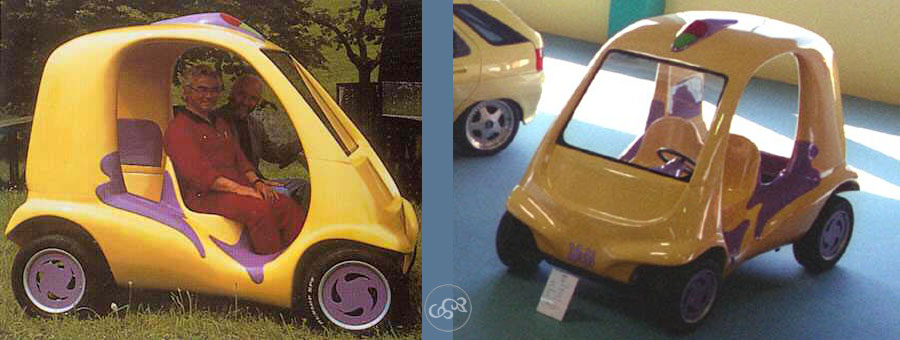
Too soon!
The name leaves no doubt: the
Urbi is a small vehicle designed for urban use. Franco Sbarro
describes the Urbi as "a kind of four-wheeled scooter". The
students at Espace Sbarro were asked, as Franco Sbarro puts
it, "to design a vehicle for the city center. But since an
electric car is a road cripple anyway, we had to reserve a
place for it where its shortcomings could be turned into
assets. So, use it in historic centers, green zones, large
hotel parks or as a golf cart. It wouldn't have had a license
plate, not even a windscreen wiper. The idea was to make a few
of these vehicles available just about everywhere, on a
self-service basis for those who needed them."
It's worth remembering that this was 1993, a time when ecological concerns surrounding the automobile were not really a priority for manufacturers or public authorities. The idea of self-service electric vehicles to reduce pollutant emissions in densely populated urban areas was ahead of its time and didn't catch on. "We needed to get the political authorities moving, to get people thinking outside the box," laments Franco Sbarro.
It's worth remembering that this was 1993, a time when ecological concerns surrounding the automobile were not really a priority for manufacturers or public authorities. The idea of self-service electric vehicles to reduce pollutant emissions in densely populated urban areas was ahead of its time and didn't catch on. "We needed to get the political authorities moving, to get people thinking outside the box," laments Franco Sbarro.
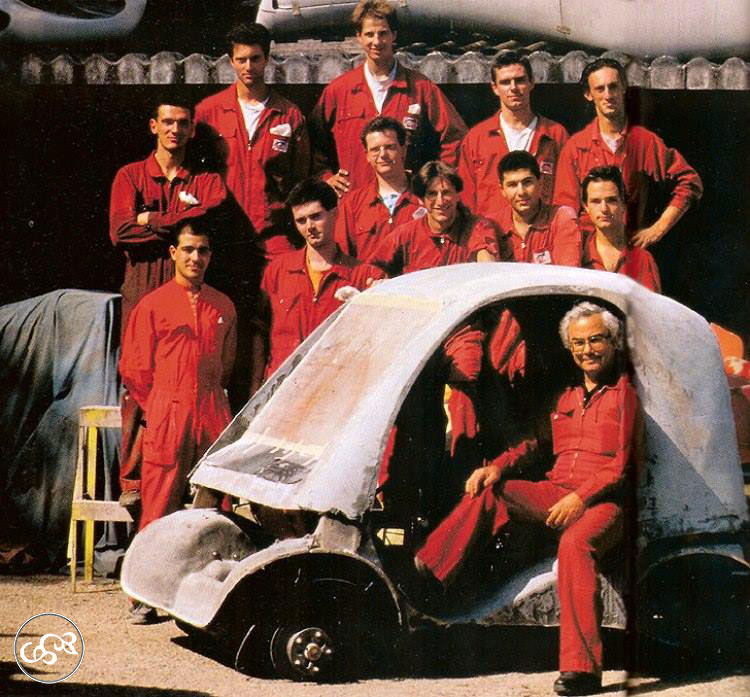
A far cry from the Monster
built by Sbarro in 1987. The polyester hull forms a single
unit, with the seats and interior molded directly to the body
rather than attached. No doors, no side windows, just a
windscreen for protection. Curiously, there are no headlights
either, which raises the question of road homologation.
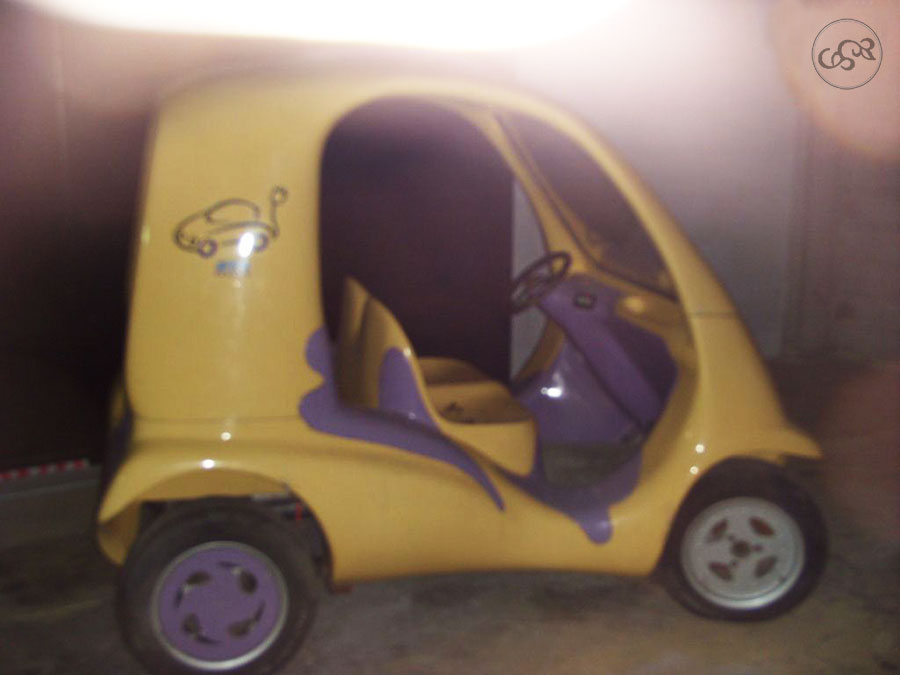
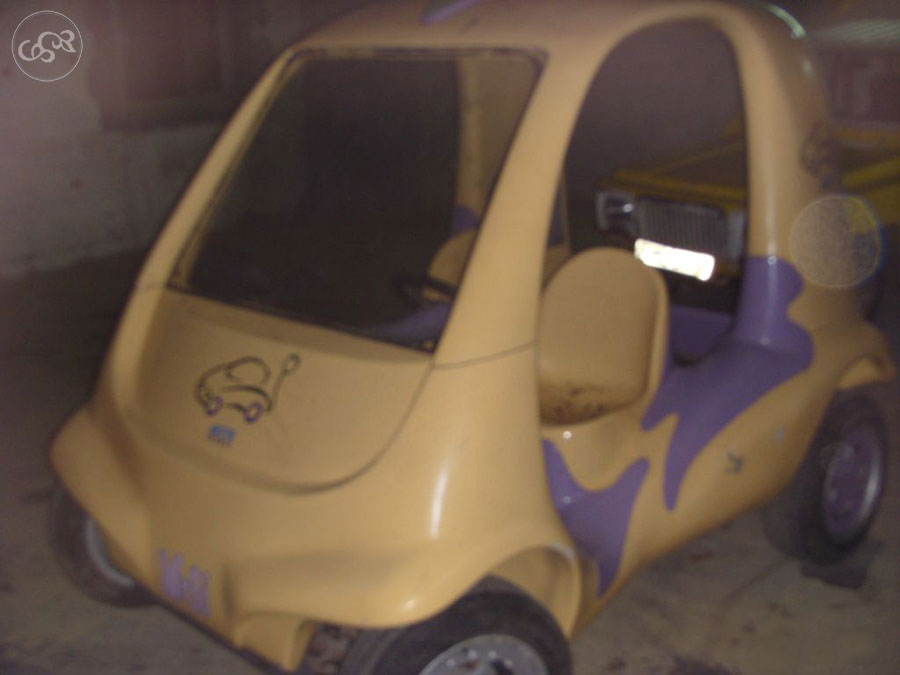
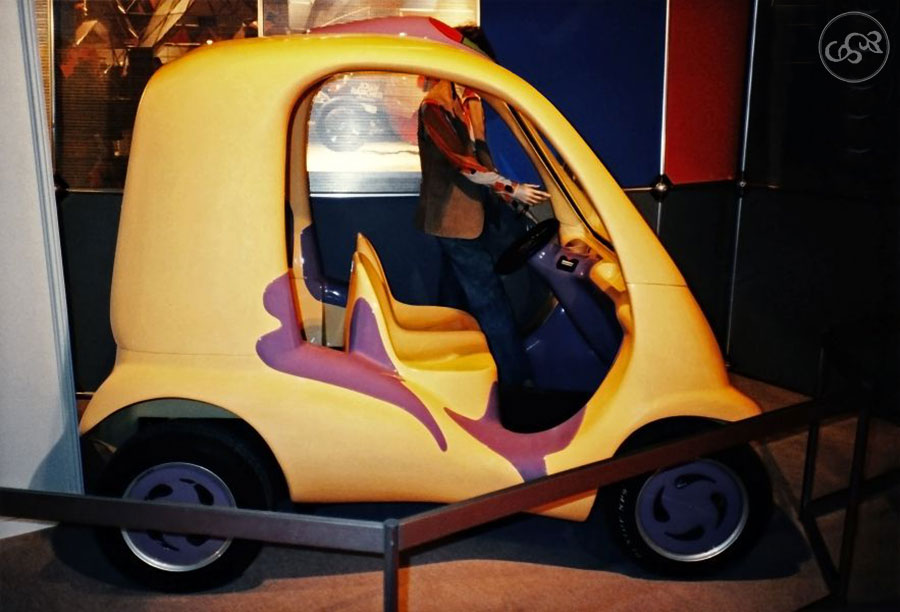
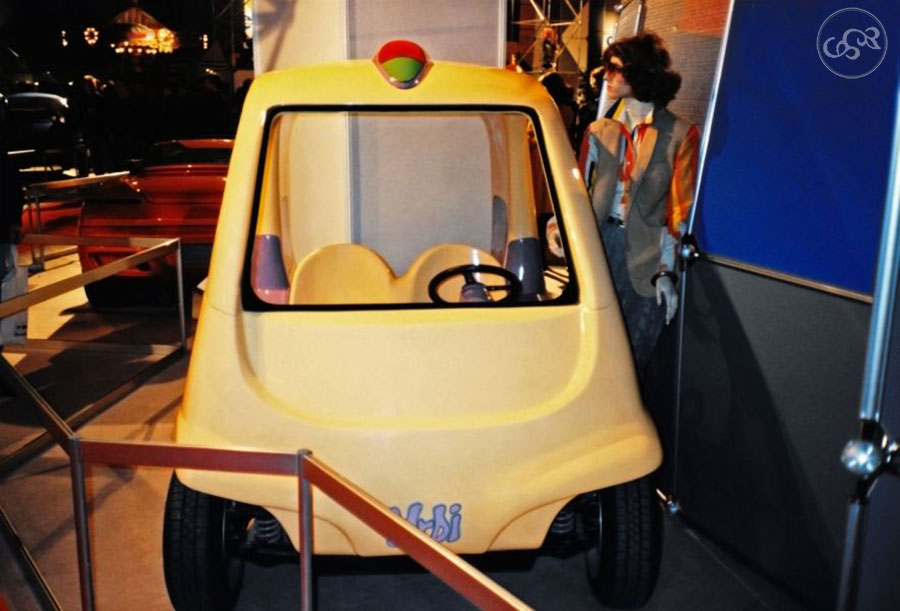
In brief
1- One of three projects by students at Espace Sbarro in 1993
2- Project focused exclusively on urban mobility
3- Too far ahead of its time?